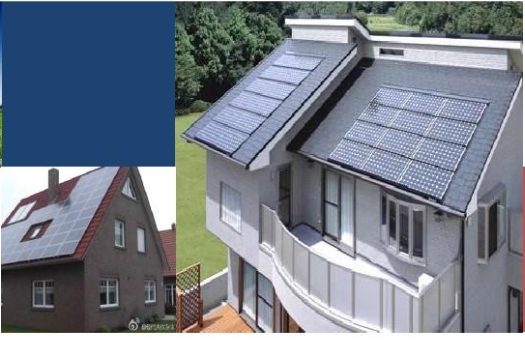Building your own off-grid solar system requires a series of steps to follow to ensure the stability and efficiency of the system. Here are the detailed steps to set up an off-grid solar system:
1. System planning and design
Determine system requirements: Determine parameters such as total power, output voltage, and output current of the solar system based on the location’s sunshine conditions, power demand, and system budget.
Site selection and survey: select a site with sufficient sunlight, no obstruction, and flat terrain as the installation location. Conduct a site survey of the installation site to assess factors such as local climate, soil, and load to determine system size and number of components.

2. Component selection and purchase
Solar panels: Choose the right solar panel according to the system needs, pay attention to its parameters such as power, conversion efficiency, and reliability. At the same time, ensure the compatibility of the battery board with the bracket and the ease of installation.
Battery: Choose a battery that is suitable for the needs of the system, pay attention to its energy storage capacity, life, charging and discharging efficiency and other factors. Make sure the battery can meet the power needs of the system in the absence of light.
Controller: Choose a controller with intelligent control function to monitor and control the operating status of the photovoltaic power generation system. The controller should have overcharge and over-discharge protection functions, as well as load management and energy optimization functions.
Inverter: Choose the right inverter according to the system needs to convert DC power to AC power for home appliances. The selection of an inverter should consider factors such as its output power, conversion efficiency, and load capacity.

3. Installation and commissioning
Mounting brackets: According to the results of the site survey, install suitable brackets to ensure that the solar panels can fully receive sunlight. The bracket material should be made of corrosion-resistant and wind-resistant materials.
Laying the solar panels: According to the design plan, the solar panels are neatly installed on the bracket and the cables are connected. Pay attention to the orientation and inclination of the panels to guarantee maximum sunlight reception.
Install the controller, inverter and battery: Choose the right controller, inverter and battery based on the size of the system. Install them in a dry, ventilated place, away from water sources and humid environments.
Electrical connection: Electrically connect the solar panel, controller, inverter and battery, and pay attention to the wiring according to the circuit diagram to ensure that the circuit is correct.
System commissioning: After the installation is completed, the system is debugged, check whether the components are running normally, and measure the output voltage, current and other parameters of the system to ensure the normal operation of the system.
Fourth, system maintenance and maintenanceRegularly check the surface condition of photovoltaic panels to avoid mechanical damage, and install protective measures to prevent dust and water accumulation.
Regularly check the battery pack’s power and charging status, replace damaged batteries in time, avoid overcharging or undercharging, and avoid overload.
Check the working status of the inverter regularly to ensure that the inverter can work properly.
Regularly check the system grounding to ensure that the grounding is normal; Replace aging electrical components and cables regularly.
With the above steps, you can build a stable and efficient off-grid solar system that provides a reliable power supply to homes or remote areas. At the same time, pay attention to the maintenance and maintenance of the system, which can extend the service life of the system and improve the system

